
The Beginning of the Tomahawk Program at Dahlgren
By Ray Pollock
Special Guest Writer
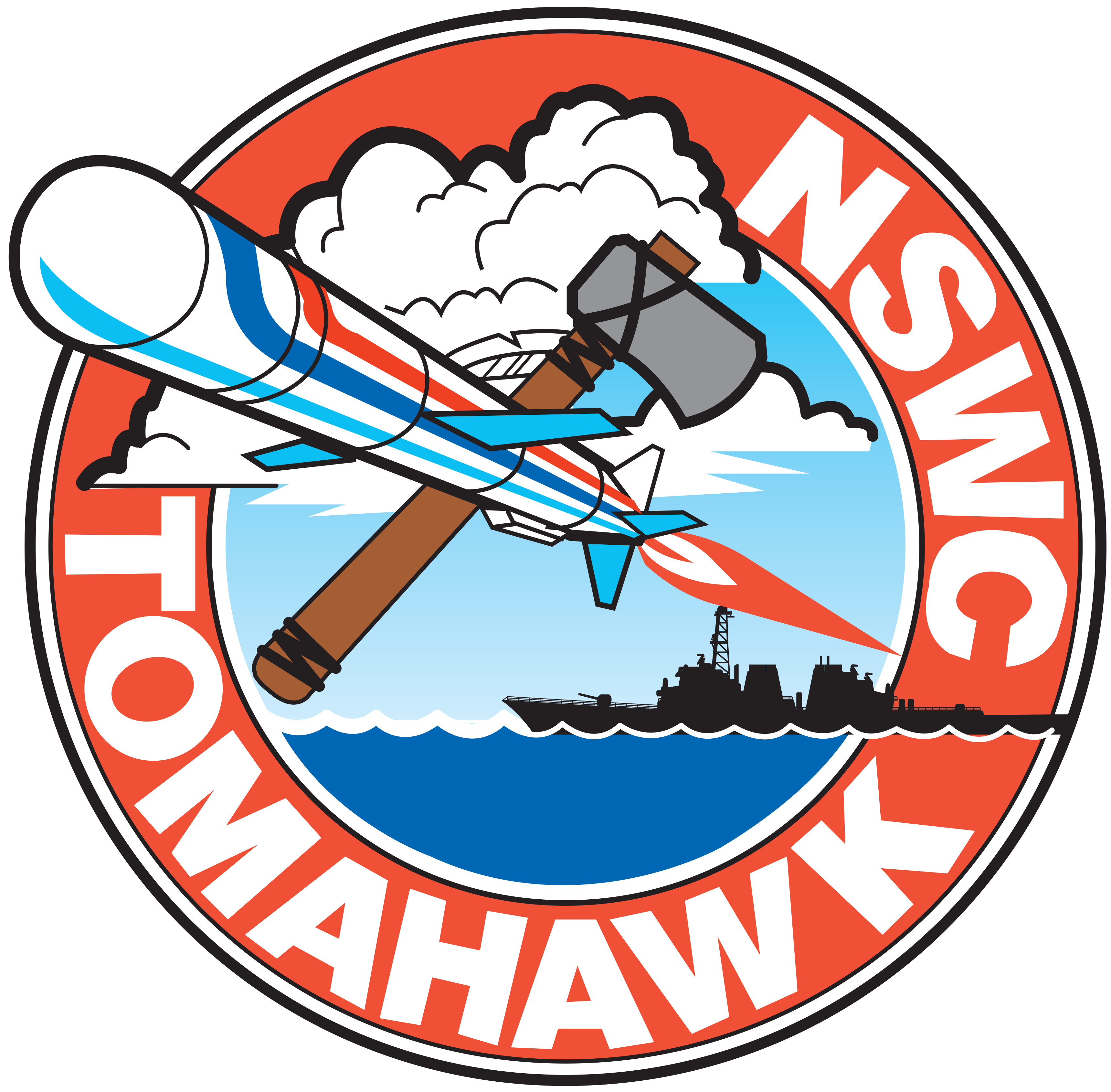 During the late 1970s, two Dahlgren employees—Wayne Harman and Jim Blackwelder—were attached to the Joint Cruise Missile Project Office (JCMPO) in the Crystal City neighborhood of Arlington, Virginia. This program office encompassed both sea-launched [surface and underwater] (Navy) and ground-launched (Air Force) Tomahawk systems. Dahlgren was originally tasked to work on the Navy systems, but in September 1979, the program was expanded and Dahlgren was asked to evaluate Boeing and McDonnell flight software for use in the Air Force’s ground-launched cruise missile (GLCM). William Akin and Rebecca Edmondson were chosen to complete the evaluation and were detailed to the JCMPO for three months.1
During the late 1970s, two Dahlgren employees—Wayne Harman and Jim Blackwelder—were attached to the Joint Cruise Missile Project Office (JCMPO) in the Crystal City neighborhood of Arlington, Virginia. This program office encompassed both sea-launched [surface and underwater] (Navy) and ground-launched (Air Force) Tomahawk systems. Dahlgren was originally tasked to work on the Navy systems, but in September 1979, the program was expanded and Dahlgren was asked to evaluate Boeing and McDonnell flight software for use in the Air Force’s ground-launched cruise missile (GLCM). William Akin and Rebecca Edmondson were chosen to complete the evaluation and were detailed to the JCMPO for three months.1
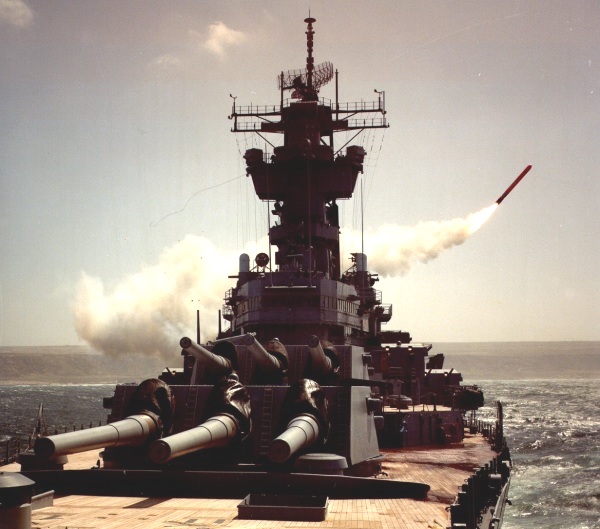
A Tomahawk missile firing off a battleship, probably the USS Wisconsin, c. late 1980s
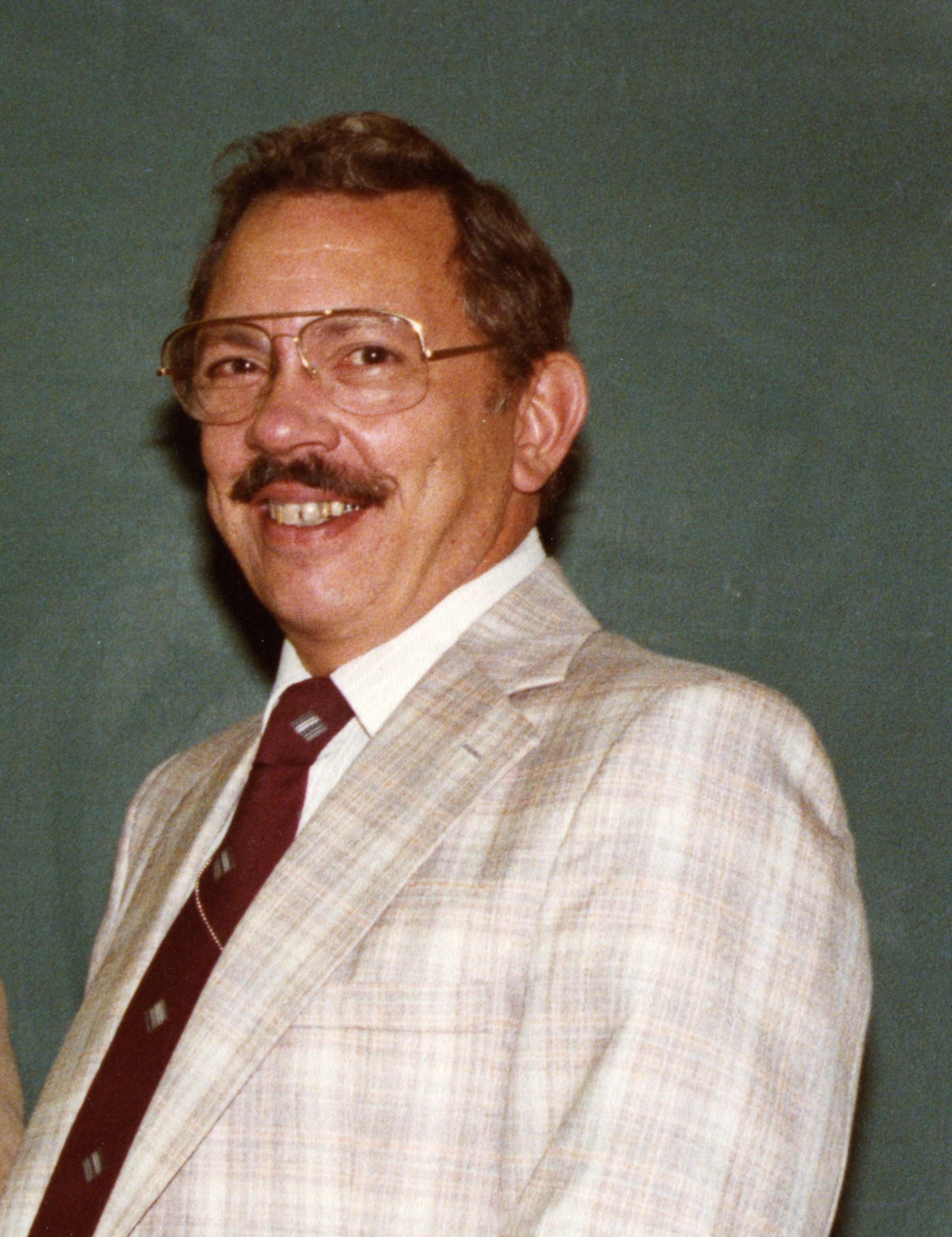 |
| Ray Pollock |
In January 1980, the K105 office was established, led by Ray Pollock, to secure a larger role in developing and verifying both GLCM and sea-launched cruise missile (SLCM) system software. K Department worked on the project from 1982–1984. The initial team members were Wayne Harman, Jim Blackwelder, and William Akin, and we were hiring people and transferring some from other departments. Some new hires included Cheri Estevez, Art Green, and Gay Galyen and, a little later, John Straub, who became the project’s Systems Engineer, and Charlie Naples, a key addition to Jim Blackwelder’s programming branch. When we brought them on board they were placed in Building1200. Later, we were moved into a trailer near Building 1500, sharing half the space with N Department employees. Eventually, we got our own trailer across from Hangar 2, and we stuffed as many employees as we could into that trailer. We needed a laboratory for developing and testing cruise missile software and system integration. We were given a former garage near Hangar 1; that became our lab.
Admiral Wayne Meyer, the head of the Aegis project, didn’t like the idea of Dahlgren taking on the Tomahawk Cruise Missile Program. He considered Dahlgren his own Aegis center, and in his opinion, we were going to “steal people [from Aegis] to do this Tomahawk stuff. We can’t have that.”
At one point, the base commander, Captain James E. Fernandez, called me to his office and asked me to brief him about the program, saying, “I’ve been called on the carpet by Admiral Meyer.” Fernandez did a good job defending us because our program continued to thrive. We never troubled Aegis, although we eventually hired people from that program who were looking for better opportunities. We also hired new people, but that wasn’t the largest cost—let’s talk about that.
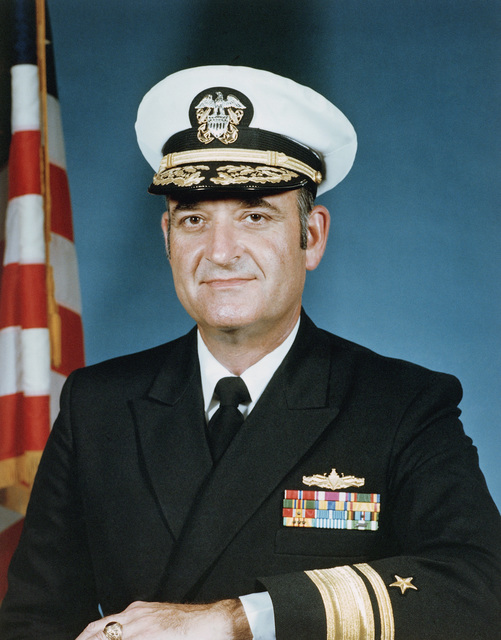 |
| Rear Admiral Hostettler |
Our program head, Rear Admiral Stephen Hostettler, visited Dahlgren, and we briefed him before he toured our Tomahawk facilities. He understood how important we were to his program, and he was quite upset at the working conditions, our garage/laboratory and trailer/offices, and he let the Dahlgren hierarchy know just how upset he was. The briefing had worked, but it worked in the wrong way from NSWC’s point of view; it made the Center look bad, like it wasn’t supporting us enough. The Admiral’s visit was a turning point. He was already sending money, and he intended to send more. And he did that as well as help us obtain adequate MILCON [military construction] dollars to construct Building 1580. Wayne Harman and Calvin Coates (our administrative assistant) were instrumental in getting the MILCON money and planning Building 1580. We ended up with a few MILCON projects for that building, including constructing an addition.
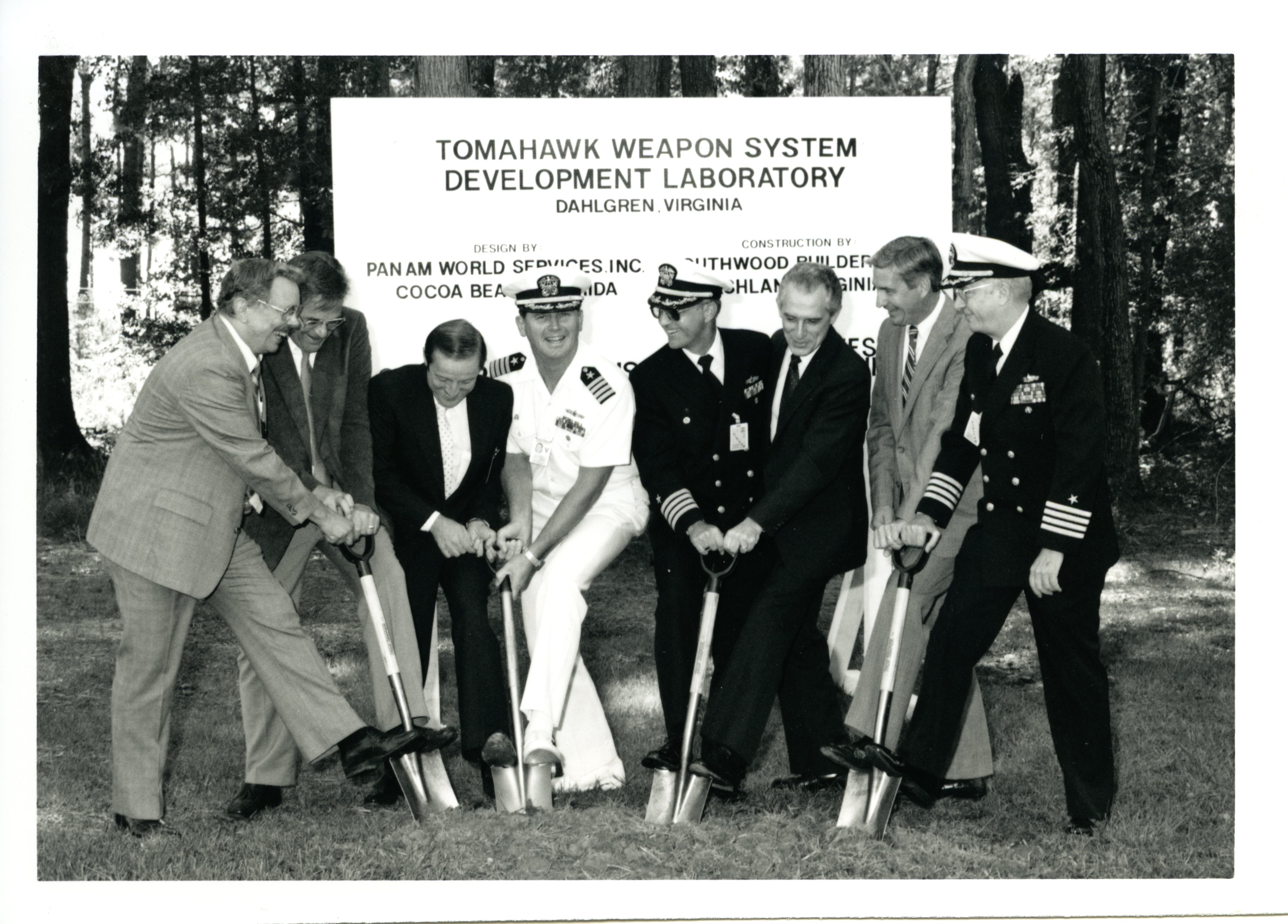
Groundbreaking for the Tomahawk Laboratory, 1985. Left to right: Ray Pollock, Dr. Lemmuel Hill (Technical Director), Jerry Miller (JCMPO), CAPT J. R. Williams (Commanding Officer of Dahlgren), unknown, Carlton Duke (Space & Surface Systems Division Head), unknown, unknown.
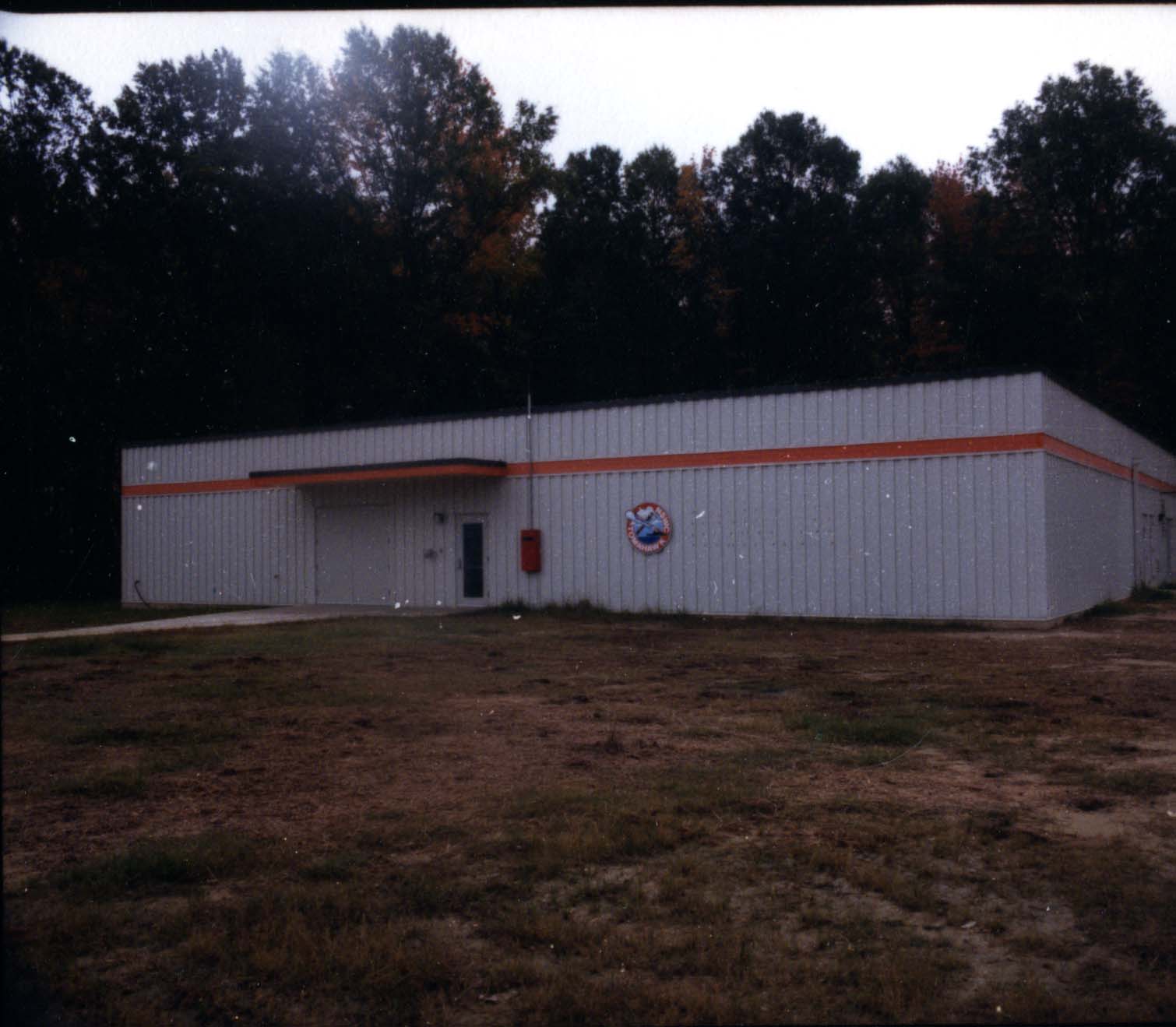
First part of Building 1580, c. 1986
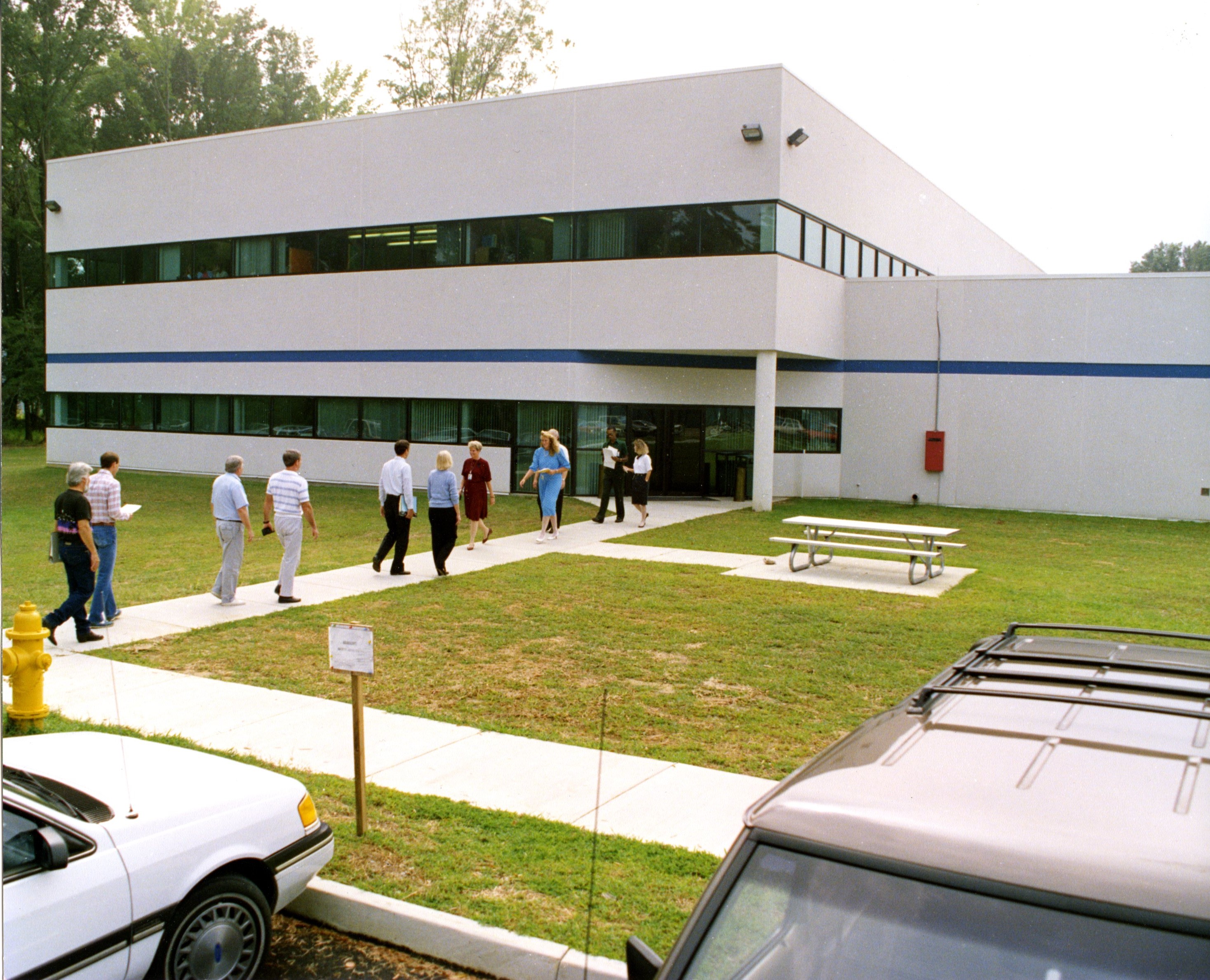
Heading inside Building 1580 after the ribbon cutting, 1989
Dahlgren’s overall cruise missile effort at included many supporting disciplines and organizations. We would be remiss not to mention system safety and hazards of electronic radiation to ordnance (E Department), over-the-horizon targeting (F Department), route planning (N Department), and launcher support (?) in our laboratory.
Tomahawk Video
Ray Pollock was an influential, well-respected early leader of the Tomahawk Program. In 2002, a conference room in Building 1580 was named in his honor.
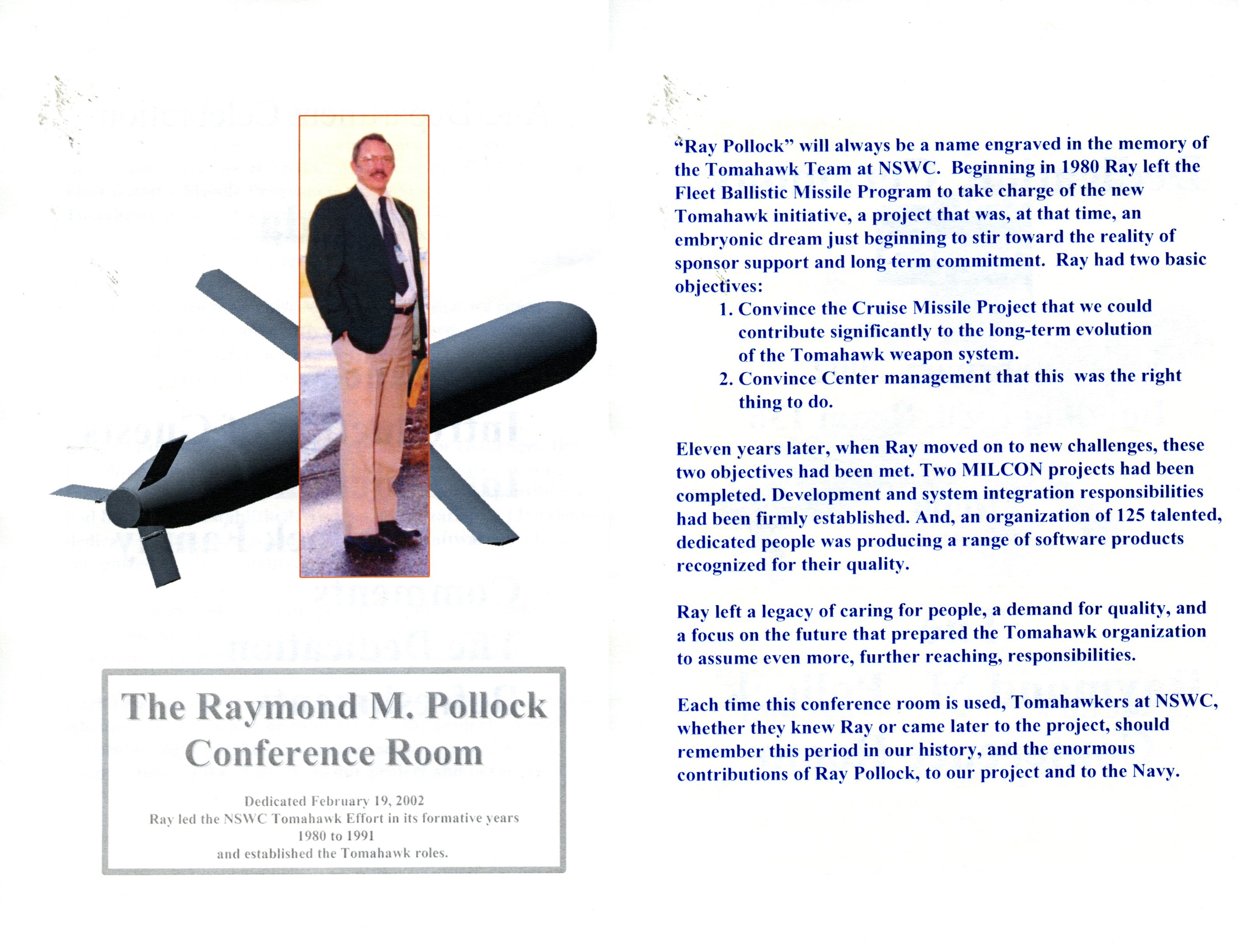
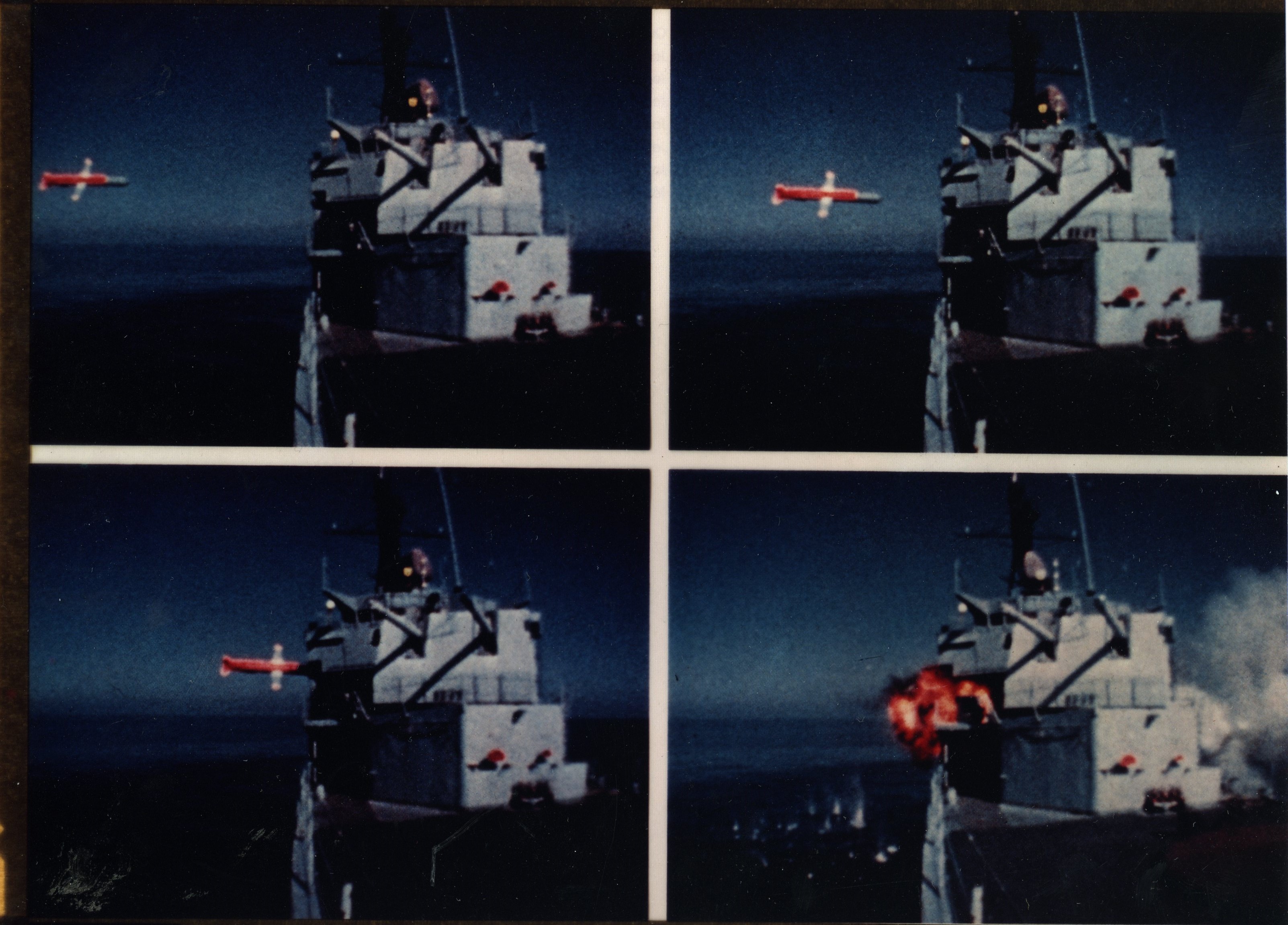 |
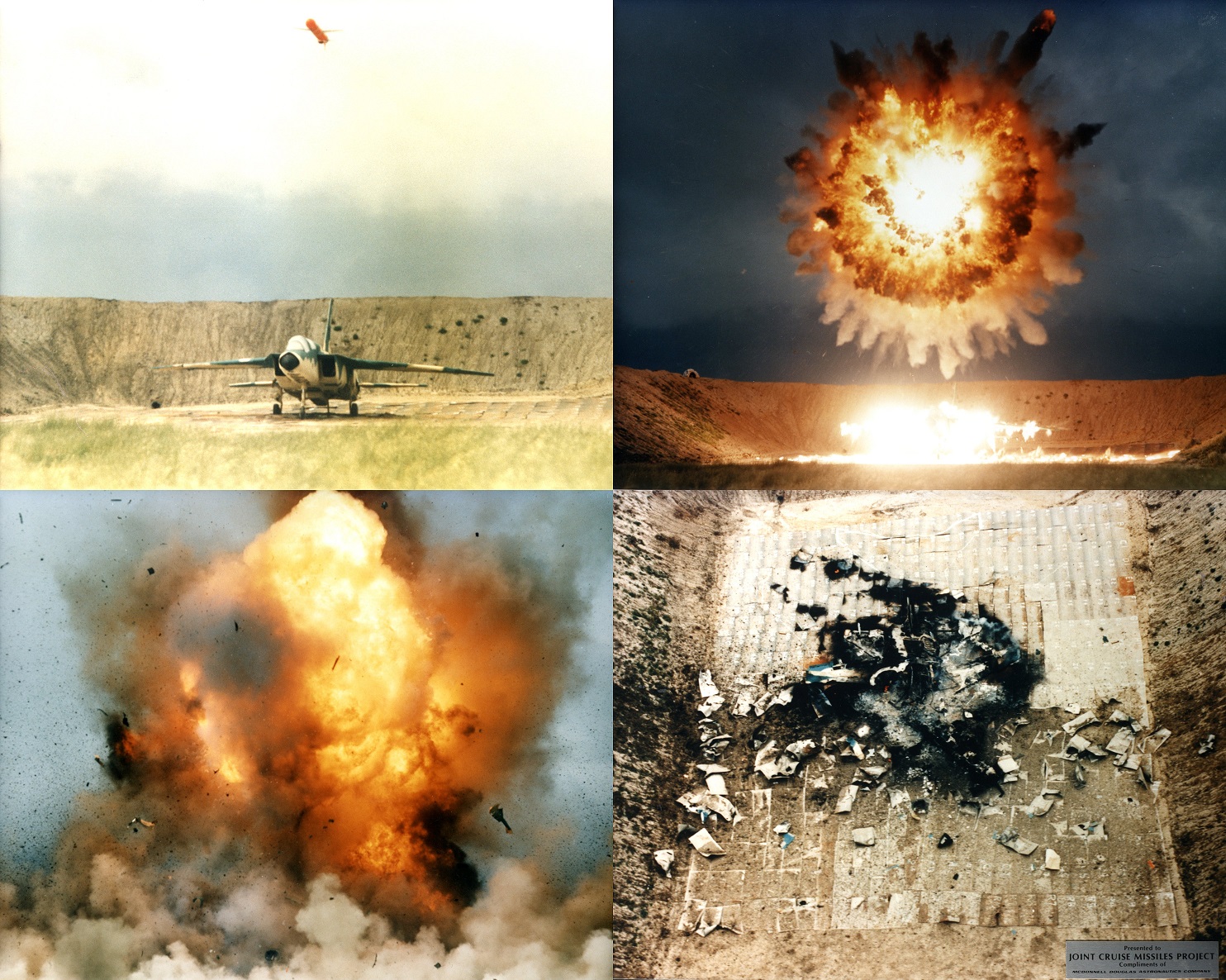 |
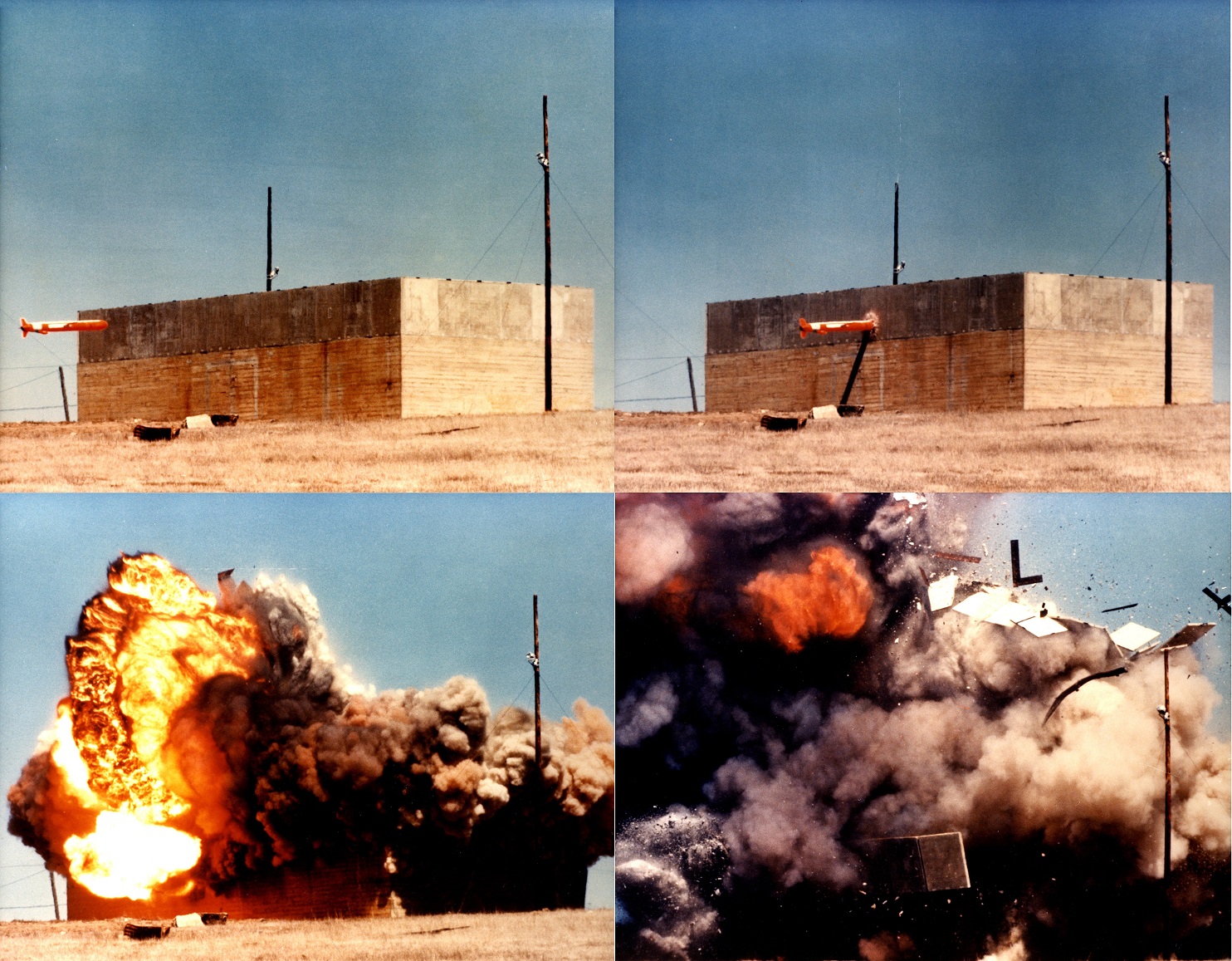 |
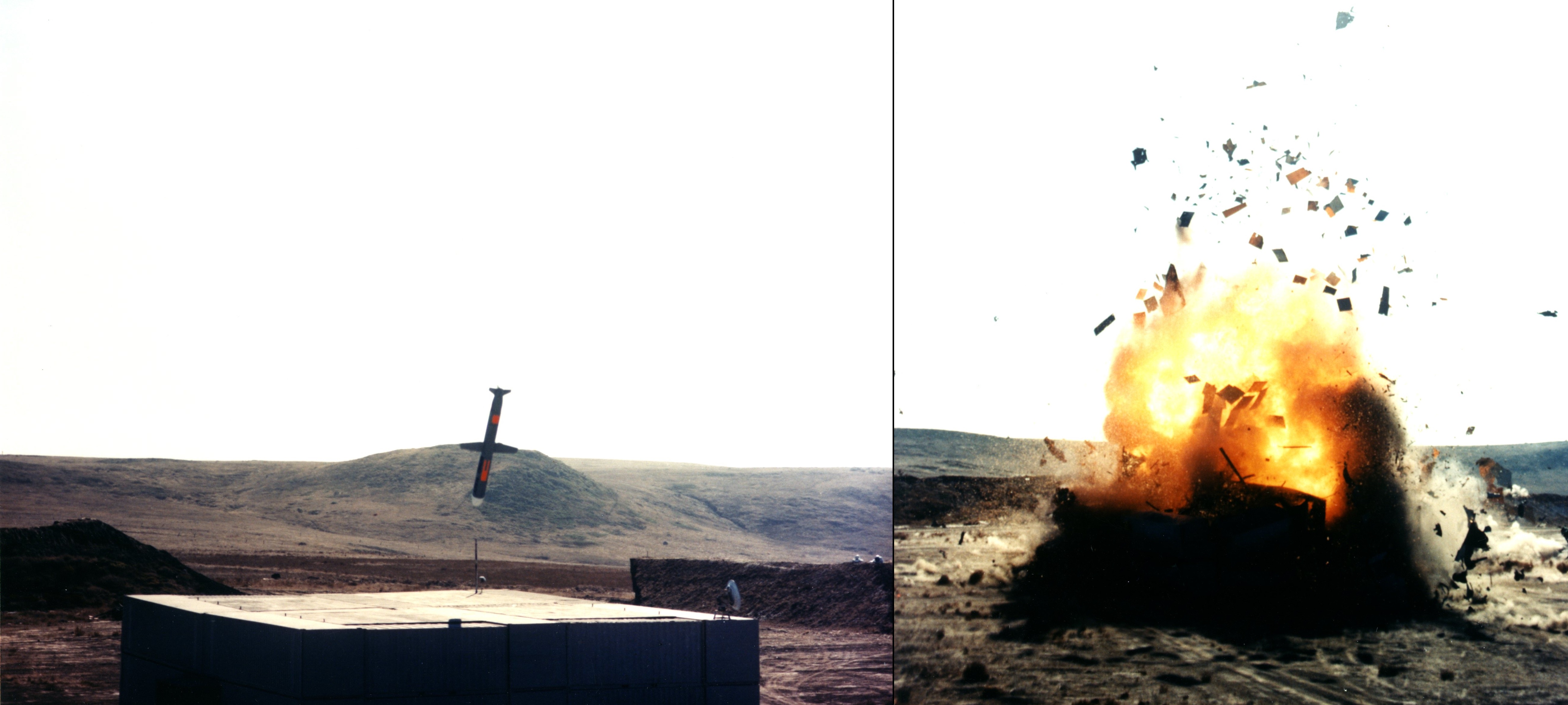 |
|
Tomahawk with inert warhead
striking a ship
|
c. 1998
|
c. 1998
|
c. 1998
|
____________________________________
1 Although Dahlgren started by supporting the JCMPO for both sea- and ground-launched programs, the latter program was terminated after only two systems were developed for deployment in Europe and subsequently withdrawn.